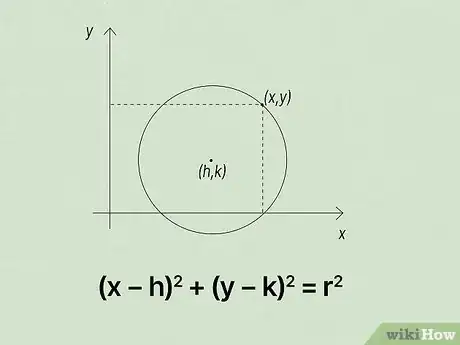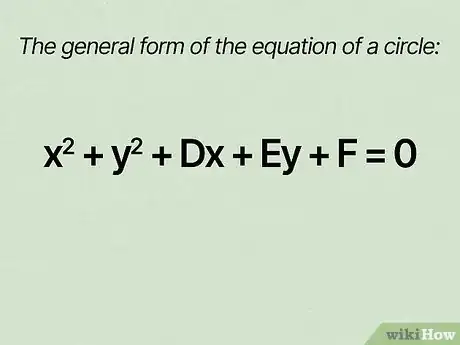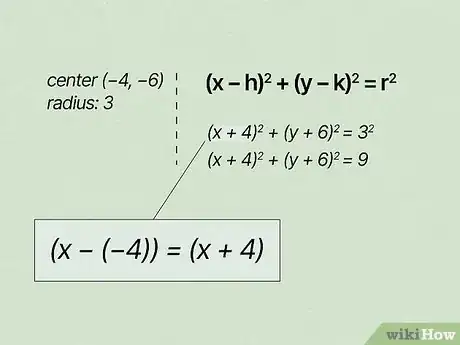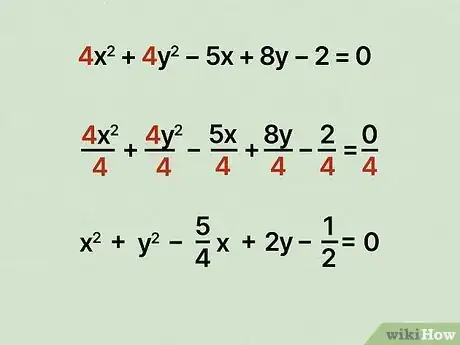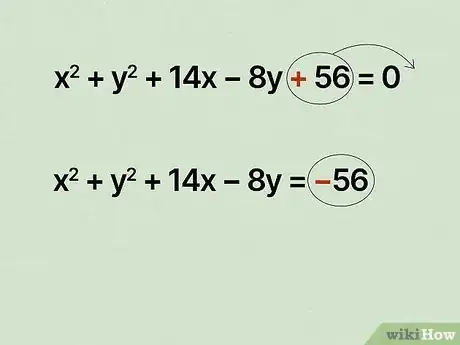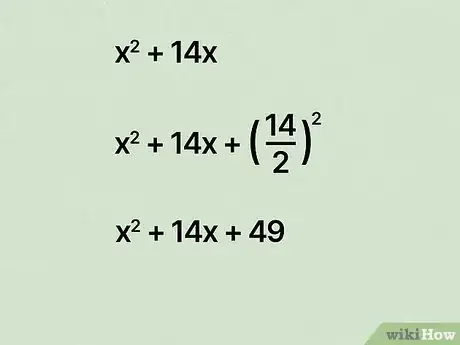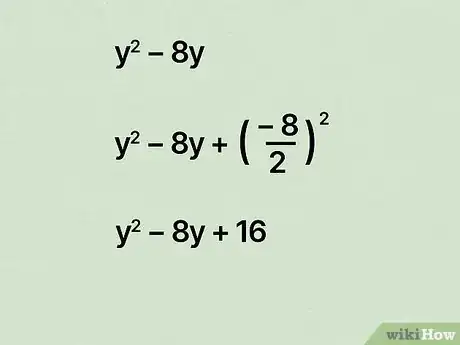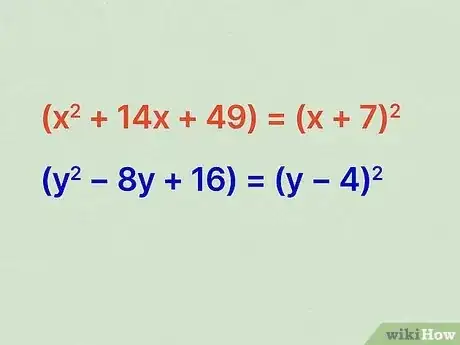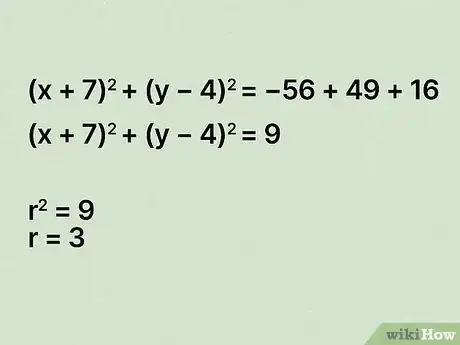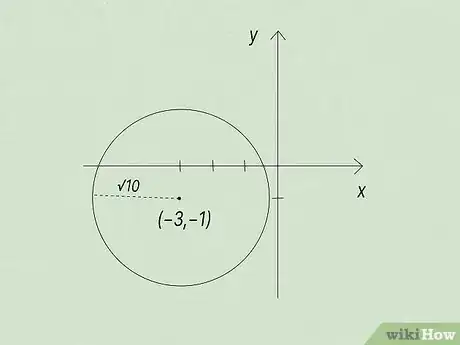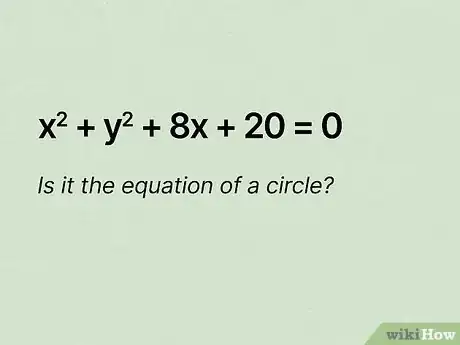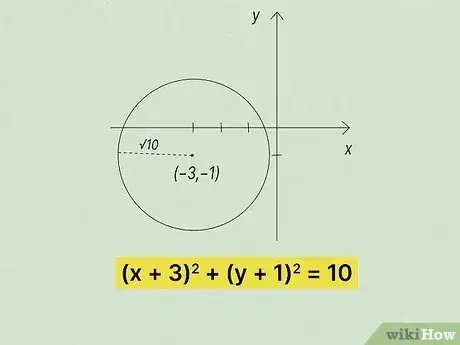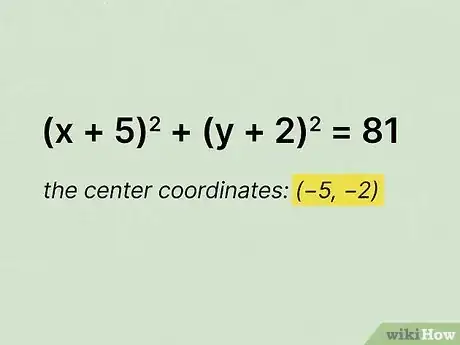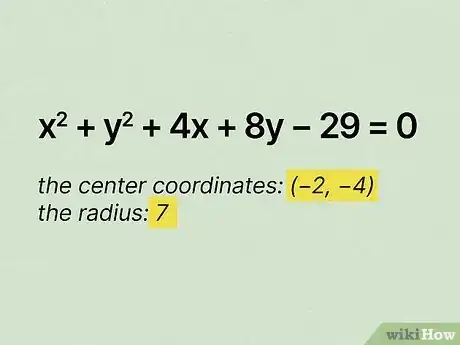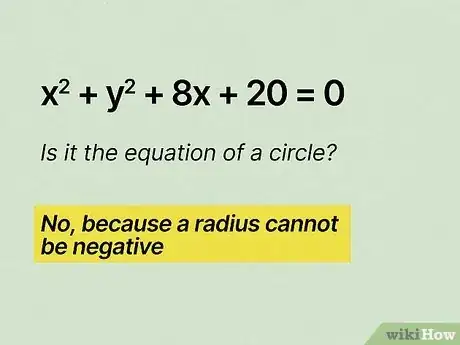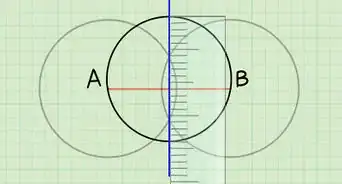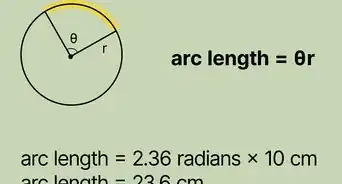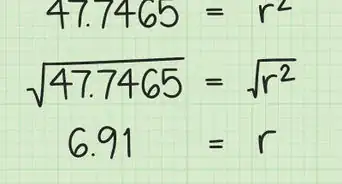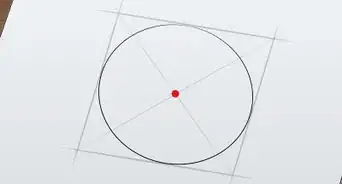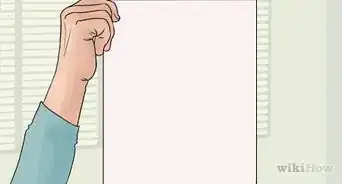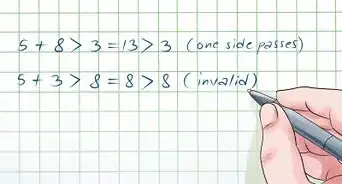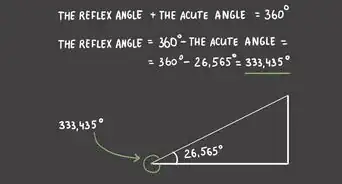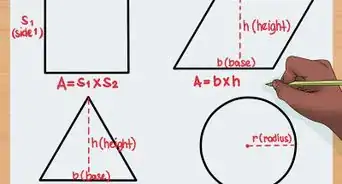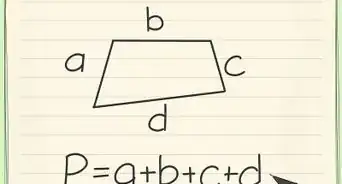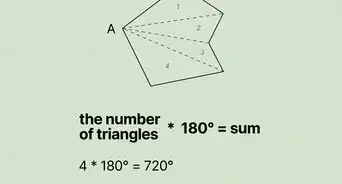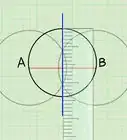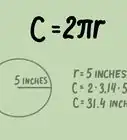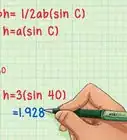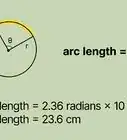This article was co-authored by David Jia and by wikiHow staff writer, Jennifer Mueller, JD. David Jia is an Academic Tutor and the Founder of LA Math Tutoring, a private tutoring company based in Los Angeles, California. With over 10 years of teaching experience, David works with students of all ages and grades in various subjects, as well as college admissions counseling and test preparation for the SAT, ACT, ISEE, and more. After attaining a perfect 800 math score and a 690 English score on the SAT, David was awarded the Dickinson Scholarship from the University of Miami, where he graduated with a Bachelor’s degree in Business Administration. Additionally, David has worked as an instructor for online videos for textbook companies such as Larson Texts, Big Ideas Learning, and Big Ideas Math.
There are 10 references cited in this article, which can be found at the bottom of the page.
The equation of a circle gives you the center coordinates and radius, allowing you to represent all of the literally infinite points around the boundary of the circle. But how exactly do you write it? Read on to learn how to write the equation of a circle in standard form, as well as how to convert general form to standard form. Once you've got that down, you can try your hand at some sample problems and check your answers. Let's get started!
Things You Should Know
- Write the standard form of the equation of a circle as to represent all points on a circle with the given center coordinates and radius.
- Write the general form of the equation of a circle as . The general form isn't useful until you convert it to standard form.
- Convert from general to the standard form by grouping like terms and completing the square to easily identify the center coordinates and radius of the represented circle.
Steps
Converting General Form to Standard Form
-
1Divide to make the coefficients of and . If you have a number in front of and , divide everything in your equation by that number to get rid of it. Now you have a coefficient of . and must always have a coefficient of 1 so you can complete the square to convert the equation.[6]
- For example, if you had , you would divide everything by , like so:. You'd end up with .
- If the general form equation represents a circle, the two coefficients will always be the same number!
-
2Move the constant to the other side of the equation. Since the number is moving to the other side of the equation, the sign in front of it changes. So if it was negative on the left side, it'll be positive on the right side (and vice versa).[7]
- For example, would be .
-
3Group the terms and terms together. Now you'll do two mini-problems to complete the square for the terms and terms. Grouping them together makes it easier for you to do the math.[8]
- For example, you would group as .
-
4Divide the coefficient to complete the square for the group. Recall that to complete the square, you first divide the coefficient of the first term by 2. Since you've already gotten the coefficient to , this will always be . So divide the second coefficient by , then square it.[9]
- For example, if you have , divide by to get . Then square to get 49.
-
5Divide the coefficient to complete the square for the group. Now you're going to do the same thing you did with the group with the group. Divide the second coefficient by , then square it.[10]
- For example, if you have , your number would be 16: .
-
6Add the numbers to both sides of the equation. Keeping your groups together on the left side of the equation, add your third number to each parenthetical expression. Then, add each of those numbers to the right side of the equation to maintain equality.[11]
- For example, from you now have .
-
7Solve the and groups. Now you have what you may recognize as a basic trinomial in each parenthesis. Use the quadratic formula to find the number you need for each parenthetical expression in the standard equation of a circle.[12]
- For example, for , you would get . So your new parenthetical would be .
- Do the same thing with to get .
-
8Simplify the right side of the equation. Almost there! Add the numbers on the right side, then square them. The equation you're left with will be the standard form for the equation of a circle. From here, you can easily determine the center points and radius if you need to graph the circle.[13]
- For example, if you've got , you'd add the three numbers on the right side to get .
- The number on the right side represents the radius squared. So if you're asked for the radius, remember to take the square root of that number. In the example , it would be .
Practice Problems
-
1Write the equation of the circle with center and radius .[14]
- Hint: pay attention to the negative signs in front of the center coordinates.
-
2Find the center coordinates of the circle with the equation .[15]
- Hint: look at the signs in the parentheses and compare them to the standard form for the equation.
-
3Find the center coordinates and radius for the circle .[16]
- Hint: complete the square twice to convert general form to standard form. Don't forget that anything you add on the left side you also have to add on the right side.
-
4
Solutions for Practice Problems
-
1The equation of the circle with center and radius is . If you look at the radius first, you see that in the problem, it's expressed as a square root. A square root squared is just the number, so that part is easy. Then, plug in the values you have for the center in order to get your answer in standard form.[18]
- Did you change the signs? Remember, two negatives make a positive, so the signs in the parentheses change to .
-
2The center coordinates are . You're given the equation of the circle . Since the signs in the parentheses in the standard form are , the signs in this equation tell you that the center coordinates must be negative.[19]
-
3The center coordinates are and the radius is . You started with . Since this is the equation of a circle in general form, you need to convert it to standard form to solve the problem.After grouping like terms and moving the constant, , over to the right side, you get Now what?[20]
- and already have a coefficient of , so you don't have to do anything there.
- Group like terms:
- Move the constant to the right side of the equation:
- Get the number you need to complete the square for the terms:
- Get the number you need to complete the square for the terms:
- Plug your numbers in to both sides of the equation:
- Do the quadratic equation for the terms:
- Do the quadratic equation for the terms:
- Plug your parenthetical expressions into the standard form:
- Add the numbers on the right side of the equation:
- Take the square root of to find the radius.
-
4This equation is not a circle because a radius cannot be negative. You started with . The first thing you do is move the constant over to the right side—and, of course, you have to change the sign, so now you have a on the right side of your equation. You don't have to complete the square for , but when you complete the square for , you get 16. This is as far as you have to go to see that this can't be the equation for a circle.[21]
- Why? Because you're going to add to . Since is smaller than , you know the result is going to be negative. But a radius can't be negative—so that's it. You've solved the problem. Great work!
References
- ↑ https://www.wtamu.edu/academic/anns/mps/math/mathlab/col_algebra/col_alg_tut29_circles.htm
- ↑ https://users.math.msu.edu/users/systeven/MTH1825/9.1.pdf
- ↑ https://users.math.msu.edu/users/systeven/MTH1825/9.1.pdf
- ↑ https://tutorial.math.lamar.edu/Solutions/Alg/Circles/Prob1.aspx
- ↑ https://tutorial.math.lamar.edu/Solutions/Alg/Circles/Prob5.aspx
- ↑ https://math.hawaii.edu/~gautier/Circles,%20completing%20the%20square.pdf
- ↑ https://www.andrews.edu/~calkins/math/webtexts/numb19.htm
- ↑ https://www.andrews.edu/~calkins/math/webtexts/numb19.htm
- ↑ https://tutorial.math.lamar.edu/Solutions/Alg/Circles/Prob6.aspx
- ↑ https://www.lsco.edu/learningcenter/Completing_the_Square.pdf
- ↑ https://www.lsco.edu/learningcenter/Completing_the_Square.pdf
- ↑ https://tutorial.math.lamar.edu/Solutions/Alg/Circles/Prob6.aspx
- ↑ https://tutorial.math.lamar.edu/Solutions/Alg/Circles/Prob6.aspx
- ↑ https://www.wtamu.edu/academic/anns/mps/math/mathlab/col_algebra/col_alg_tut29_circles.htm
- ↑ https://www.math.uh.edu/~blerina/math1330/help/Quiz4_help.pdf
- ↑ https://www.math.uh.edu/~blerina/math1330/help/Quiz4_help.pdf
- ↑ https://tutorial.math.lamar.edu/Solutions/Alg/Circles/Prob8.aspx
- ↑ https://www.wtamu.edu/academic/anns/mps/math/mathlab/col_algebra/col_alg_tut29_circles.htm
- ↑ https://www.math.uh.edu/~blerina/math1330/help/Quiz4_help.pdf
- ↑ https://www.math.uh.edu/~blerina/math1330/help/Quiz4_help.pdf
- ↑ https://tutorial.math.lamar.edu/Solutions/Alg/Circles/Prob8.aspx


